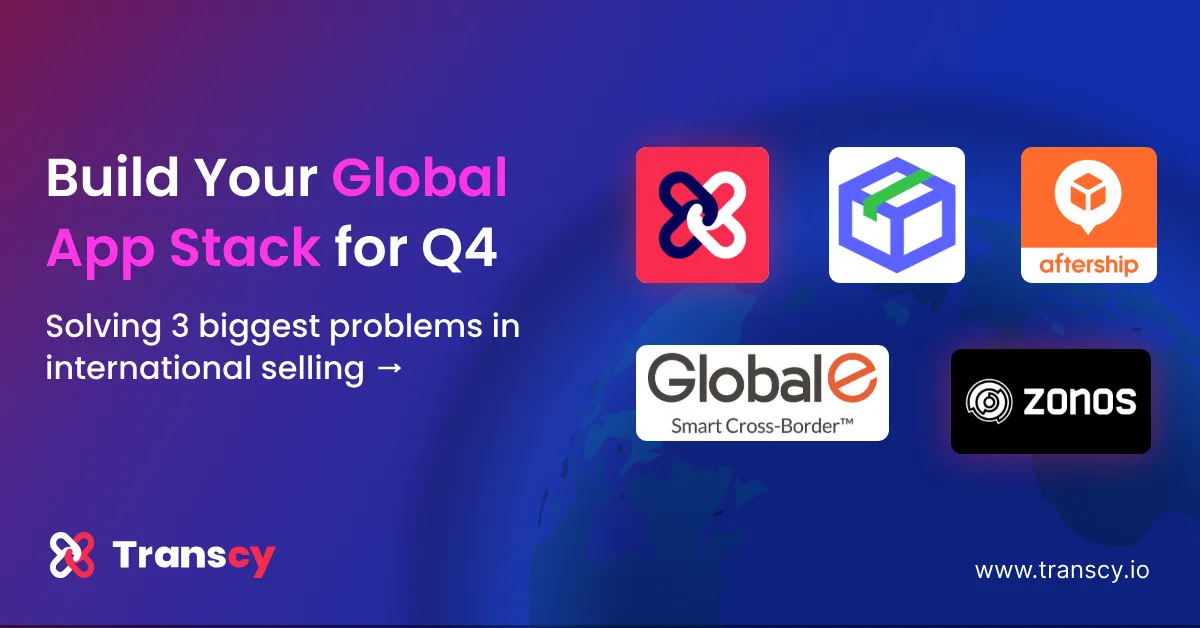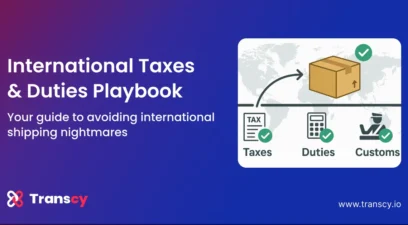💡TL; DR
|
Building a lean, powerful app stack to solve core international e-commerce problems
As the holiday season looms, Shopify merchants around the world are preparing for the Q4 rush. Yet, selling internationally comes with its own set of unique challenges.
This isn’t just about adding Klaviyo and Judge.me to your store – you’re facing a set of critical issues that go beyond the basics: unexpected duties hurting conversion rates, messy translations damaging brand trust, and the fear of app bloat slowing down your site.
This guide is structured to help you solve those problems and build a lean, powerful app stack that can handle your international sales without bogging down your store. Let’s tackle the core issues that international merchants face so you can hit the ground running this Q4.
1. The ‘first impression’ problem: Build instant trust
The problem
Imagine this: A customer from Germany lands on your Shopify store, excited to buy, but immediately sees prices in USD. They bounce – assuming your store is not meant for them.
The job-to-be-done
To convert international visitors, you must create a localized shopping experience. This includes displaying local currency, providing translated content, and adapting your store’s domain to match the customer’s region.
App recommendations & why
Start with Shopify’s native tools first. Shopify Markets is free and provides powerful features to manage currency and domain management.
You can quickly localize your store for multiple countries without a lot of effort. This is a great starting point for basic international sales.
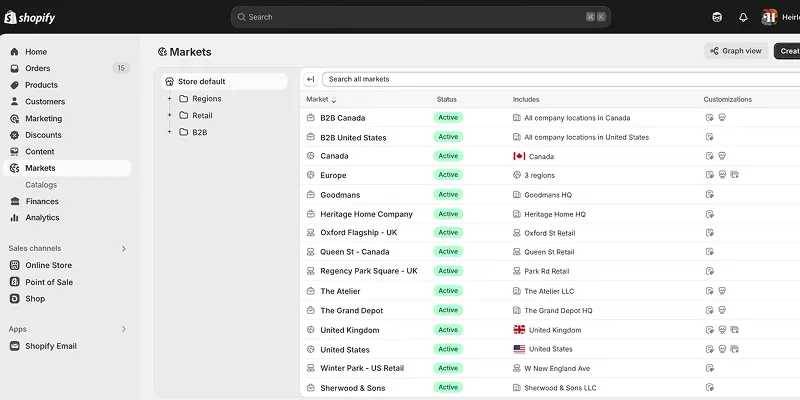
When you’re ready to go deeper, add Transcy. It allows you to handle more complex needs like ensuring your carefully crafted brand voice isn’t lost in translation, or localizing the text within your promotional banners and images.
With Transcy, your holiday campaigns can be tailored to multiple languages, ensuring your messaging resonates with every market.

2. The ‘checkout nightmare’: Eliminate surprise fees
The problem:
A customer finds the perfect product, but during checkout, they’re hit with an unexpected $40 shipping fee, or worse, they receive a surprise customs bill upon delivery and refuse the package. This hurts conversions and leads to customer frustration.
The job-to-be-done:
Accurately calculate and collect duties and taxes at checkout. This method is known as Delivered Duty Paid (DDP), where all fees, including taxes and duties, are included in the final price – making it clear to the customer what they will be paying.
App recommendations & why:
For a seamless DDP experience, these apps integrate well into Shopify and allow you to offer a clear, upfront cost for international customers.
Zonos is often a great choice for growing stores looking for a powerful, straightforward DDP solution.
For larger enterprises needing a fully-managed, white-glove service that handles everything from logistics to fraud, Global-e is the industry standard.
The last thing you want during the holiday rush is a flood of refused packages and angry customer service tickets.
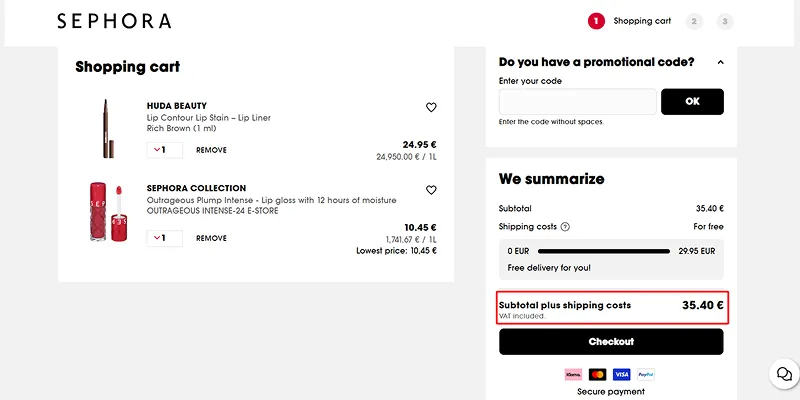
3. The ‘post-purchase’ experience: Proactive support
The problem:
The holiday season means a flood of international orders, and inevitably, you’ll face a surge of “Where is my order?” (WISMO) tickets. Customers are frustrated with unclear or confusing tracking information, leading to unnecessary customer support tickets.
The job-to-be-done:
To reduce your support load, you need to offer a branded, multi-carrier tracking page where international customers can easily track their orders.
App recommendations & why:
These apps provide a centralized tracking page that works for multiple carriers, allowing customers to track their shipments from start to finish. This helps reduce the volume of WISMO tickets by over 40%, freeing up your support team to handle more urgent issues.
The ability to proactively provide tracking updates creates a better post-purchase experience, keeping your customers happy and reducing the strain on your team.
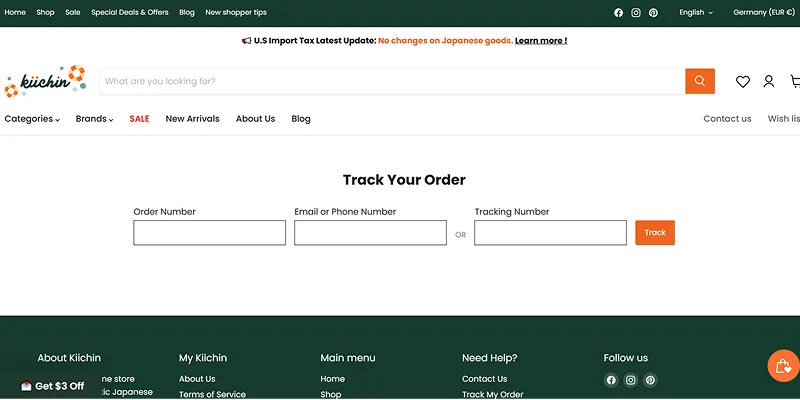
Wrapping up: Audit your store and build a lean stack
Before the holiday rush, take a moment to audit your store. Look for common international selling problems and tackle them head-on with the right apps. Each app should serve a specific purpose and solve a particular problem – avoid bloating your store with unnecessary tools.
Remember, a lean stack of powerful, specialized apps will always outperform a bloated store full of generic tools. Optimize for speed, efficiency, and a seamless shopping experience, and you’ll be well-prepared to handle the global sales boom this Q4.
Ready to streamline your Shopify store for international success? As a next step, take 15 minutes this week to audit your analytics. Identify your top 3 international traffic sources and ask yourself: How good is the experience for those customers? That single question will be the starting point for building your most profitable Q4 yet.
Table of Contents

